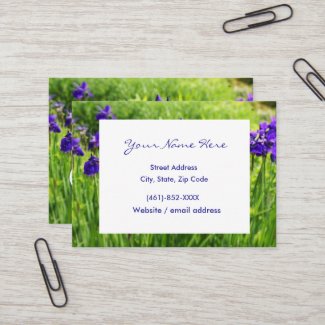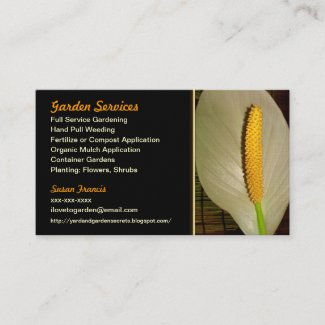Removal of snakes from your yard can be a little tricky especially if they are poisonous. The best way to remove the snake is to make your yard uncomfortable and change its habitat.
If you have snakes in your yard you will need to determine what kind of snake calls your yard home. Black, garter, and non-poisonous snakes are fine they control the rodents, but if there are venomous snakes then I would recommend that you remove snakes from your property.
The best way to get rid of snakes is to manicure your yard and remove their food and water source.
 |
| Remove ground-level fountains: Image by Sgolis |
 |
| Remove woodpile as it attracts snakes: Image by Sgolis |
Clean up yard and garden. Remove all clutter; leaves, woodpile, excess rock, straw, and ground-level compost. Mow your lawn so that the grass is short, cut back brush, and weed your gardens. If possible remove all ground-level water fountains as they will attract rodents.
Treat the manicured lawn and garden with rodent pest control. By doing this you will remove the snake forage from your yard. Make the snakes living area uncomfortable with mothballs.
Mothballs are toxic to other animals but when it comes to snakes they will leave the area that is treated. The best way to remove the snakes from a rock wall area is to dig a trench that is a foot deep next to your rock wall (see photo below of the trench that I dug) Drop a few mothballs into the hole and backfill with the soil. Snakes that live in the rock crevices all year round will leave the area to get away from the mothballs.
Mothballs are toxic to other animals but when it comes to snakes they will leave the area that is treated. The best way to remove the snakes from a rock wall area is to dig a trench that is a foot deep next to your rock wall (see photo below of the trench that I dug) Drop a few mothballs into the hole and backfill with the soil. Snakes that live in the rock crevices all year round will leave the area to get away from the mothballs.
 | |||
| The trench along the wall for mothball snake control |
Another way to control snake populations naturally is to encourage feral and stray cats to hang out in your yard. These cats will hunt and eat the snakes.
If you are not a cat lover you can get rid of snakes from your yard by trapping them. The humane snake trap
 is made of durable plastic however it is light in weight so if you intend on trapping outdoors it is best to set it up on a calm day. The best way to achieve positive results from the traps to watch for snakes, note their location, and then set the trap close to where you have viewed the snake.
is made of durable plastic however it is light in weight so if you intend on trapping outdoors it is best to set it up on a calm day. The best way to achieve positive results from the traps to watch for snakes, note their location, and then set the trap close to where you have viewed the snake.
The trap is baited with the scent of a rodent and the interior of the trap has a glue board. When the snake enters the trapped chamber it loses mobility and is not able to exit the trap.
If you are not a cat lover you can get rid of snakes from your yard by trapping them. The humane snake trap
The trap is baited with the scent of a rodent and the interior of the trap has a glue board. When the snake enters the trapped chamber it loses mobility and is not able to exit the trap.
If you have land that is overpopulated by venomous snakes , you can do a controlled burn. Contact your local fire department to schedule a burn.
, you can do a controlled burn. Contact your local fire department to schedule a burn.
Warning:
Keep kids and pets away from mothballs
Snake removal products that I recommend:
Humane Snake Trap
Catchmaster Glue Boards
You can find these products at Amazon.com, Walmart.com, and Lowws.com
You can find these products at Amazon.com, Walmart.com, and Lowws.com


















